May 01 2024 / Round the Table Magazine
Make every minute count
Topics Covered
Not everyone can run a successful financial services practice. Not everyone can earn a double degree in accounting and business, with a major in finance.
Now imagine trying to accomplish both at the same time — at just 25 years old.
For Daniel Heng, AEPP, IBFQ, who is doing all of the above, this level of elevated productivity seemed impossible at first. When the three-year MDRT member from Singapore became an advisor three years ago, he constantly wondered “How do they do it?” every time he encountered a peer who appeared to seamlessly handle both professional and academic commitments.
“Each individual I met seemed to have cracked the code to manage both worlds harmoniously, transforming what appeared to be insurmountable challenges into achievable tasks,” Heng said.
Yet Heng, who is now approaching his final semester at university, didn’t just sit back and marvel at others’ success. He spoke with colleagues, classmates and advisors, and was moved by the idea that everyone, even global icons like Microsoft co-founder Bill Gates and Apple CEO Tim Cook, operated within the same 24-hour day. An article about Cook’s routine that encapsulated the executive’s focus and intentionality took Heng’s inspiration and motivation to a new level.
“I realized successful people do not just pass moments,” said Heng, who often felt busy yet unproductive in the whirlwind of school assignments and client meetings. “They were making them count.”
Internalizing this revelation, Heng’s mindset toward productivity and how to maximize his time began to change from merely being busy to becoming strategically engaged. His motivation stems from viewing every task as a step toward academic achievements and expanding his expertise to contribute more meaningfully to his clients’ lives.
To manage his time effectively, he relies on two main strategies:
1. The ABCDEs of prioritization
Prioritization is a simple, yet highly effective technique Heng uses to tackle his day-to-day tasks. More specifically, a method that has proved highly beneficial for his practice is the strategy shared in Brian Tracy’s book “Eat That Frog!”:
- A tasks: Crucial activities with significant consequences if ignored. The focus is to complete these tasks first.
- B tasks: Important but less-urgent tasks.
- C tasks: Tasks that have no significant consequences.
- D tasks: Tasks to be delegated to others.
- E tasks: Inconsequential tasks to be eliminated.
For Heng, A tasks include prospecting, opening cases (e.g., meeting clients and identifying gaps in their portfolios), and closing cases (e.g., recommending solutions to bridge portfolio gaps). On the other side of the spectrum, D tasks involve keeping track of tax claims and filing claims for clients. These responsibilities are delegated to his administrative staff for a more efficient claims process.
“I inform my clients that my job is to ensure they can claim, while my admin’s job is to claim for them. Though as much as possible, I still personally handle any important death or critical illness claims,” Heng said.
Regularly evaluating his task lists through this lens aligns his efforts to where they matter most, ensuring that each moment contributes meaningfully to his overarching goals.
2. The Pareto principle
Another strategy is time blocking his daily schedule based on the Pareto principle. Eighty percent of results stem from 20% of efforts, according to the principle. Applying this concept to his daily schedule, Heng meticulously identified the 20% of tasks such as prospecting, marketing and meeting clients for new or closing cases that delivered 80% of his desired outcomes.
With this understanding, Heng allocates specific time blocks to ensure that every crucial activity has its dedicated space in his day. Strictly adhering to these time limits helps to enhance his focus and efficiency, resulting in consistently productive outcomes.
To ensure he applies these two strategies consistently, he implements these three must-do approaches:
- Identify an accountability partner: Collaborating with a colleague or mentor serves as a mutual support system and fosters accountability in adhering to effective time management practices.
- Cultivate a culture of continuous learning: Attending seminars, reading books and participating in workshops on time management ensures Heng always stays updated with new strategies.
- Set aside a weekly CEO hour: During this time, Heng reviews the week’s activities and pans away from daily execution chores to gain a broader perspective and to strategically plan the upcoming week’s tasks.
“In the world of financial advisory and academia, a common illusion persists that the busier you are, the more productive you must be,” Heng said. “The reality, however, is starkly different. It is not about the countless hours clocked but the essence and impact of those hours.”
Audrey Heng writes for Team Lewis, a communications agency assisting MDRT with content development for Asia-Pacific markets. Contact mdrteditorial@teamlewis.com.







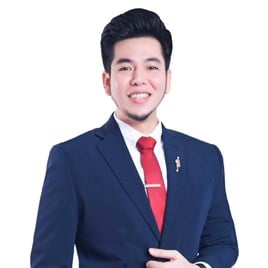
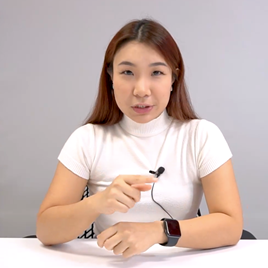
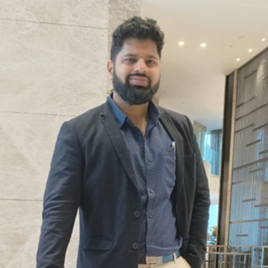
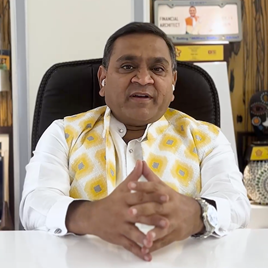
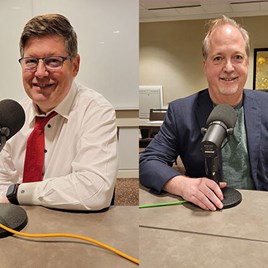
![Understanding the reasons behind policy surrenders in India and how to avoid them [Ankita Agarwal]](https://www.mdrt.org/globalassets/digizuite/32751-en-india-video-interview---ankita-agarwal-thumbnail.png?height=268&crop=0,0,268,268)
![The shifting sands of wealth management [Ramesh Kumar Damani]](https://www.mdrt.org/globalassets/digizuite/32748-en-india_video-interview_ramesh-damani-thumbnail.png?height=268&crop=0,0,268,268)
![Leveraging social media for client acquisition [Ankit Goyal]](https://www.mdrt.org/globalassets/digizuite/32753-en-india_-video-interview_ankit-goyal-thumbnail.png?height=268&crop=0,0,268,268)